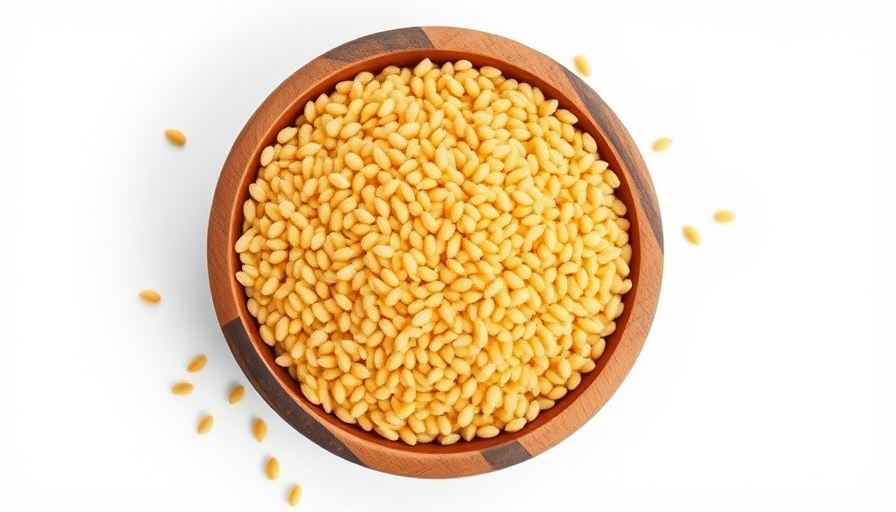
Millet's Benefits for Diabetes: What the Research Shows
With diabetes affecting millions of people globally, many are searching for dietary solutions that can naturally improve blood sugar levels. Among these options, millet is emerging as a powerhouse grain, rich in resistant starch that can impact how our bodies process sugars. Recent studies have caught the attention of health-conscious consumers eager to learn how specific foods can aid in managing diabetes.
The Unique Composition of Millet
Millet stands out not only for its nutritional profile but also for its unique properties that affect digestion and blood sugar response. Unlike more common grains like rice and wheat, certain types of millet—such as proso and kodo—are packed with resistant starch. This type of starch escapes digestion in the small intestine, feeding beneficial gut bacteria in the colon instead. This digestive advantage could play a significant role in managing diabetes.
How Stomach Emptying Affects Blood Sugar
Research suggests that millet slows stomach emptying, unlike foods like white rice, which quickly release sugars into the bloodstream. One fascinating finding indicated that while it takes about an hour for white rice to begin emptying from the stomach, millet remains intact for two to five hours after consumption. This slower gastric emptying helps prevent blood sugar spikes, crucial for diabetics trying to maintain stable glucose levels.
Clinical Trials: What Do They Reveal?
In a groundbreaking crossover study involving hundreds of individuals, researchers examined the effects of incorporating a daily serving of millet into a controlled diet. The results were promising: participants experienced lower hemoglobin A1C levels—a marker for long-term blood sugar control—after adding millet to their meals. The average A1C score dropped from 8.37 to 6.77, indicating that the millet itself, rather than just weight loss, played a significant role in improving blood sugar regulation.
Integrating Millet into Your Diet
For those interested in exploring the benefits of millet, incorporating it into daily meals can be easier than one might think. Consider preparing millet porridge for breakfast or using millet as a base for salads or grain bowls. Pairing millet with protein-rich foods like lentils and various spices can enhance flavors while further supporting blood sugar control.
Millet: A Sustainable Choice
As an additional benefit, millet is an incredibly sustainable crop. It requires less water and can thrive in poor soil conditions, making it an eco-friendly alternative to more resource-intensive grains. For environmentally conscious individuals, millet offers both health benefits and peace of mind.
Common Misconceptions About Grains and Diabetes
It’s crucial to debunk the myth that all grains are detrimental to diabetes management. While refined grains can worsen blood sugar levels, whole grains like millet can be beneficial. Understanding the differences among grains can empower those managing diabetes to make informed dietary choices that support their health.
Conclusion: Empowering Health Choices
Millet's potential as a diabetes-friendly food is backed by emerging scientific evidence, showcasing its ability to promote better blood sugar control. For health-conscious individuals, families managing diabetes, or anyone interested in sustainable living, millet is worth considering a staple grain. Embracing such nutritious powerhouses can pave the way towards healthier eating habits and improved well-being.
Take the first step towards a healthier lifestyle by integrating millet into your diet today! Explore recipes, share tips with friends and family, and realize how making simple, nutritious changes can have a profound impact on your health.
 Add Row
Add Row  Add
Add 




 Add Row
Add Row  Add
Add 


Write A Comment